This guide to herbal tea (or tisane) will walk you through how to brew and steep herbals and mix your own ingredients, and includes tips for buying, growing, and foraging your herbals.
By Nicole McKinney of Tea on the Trail
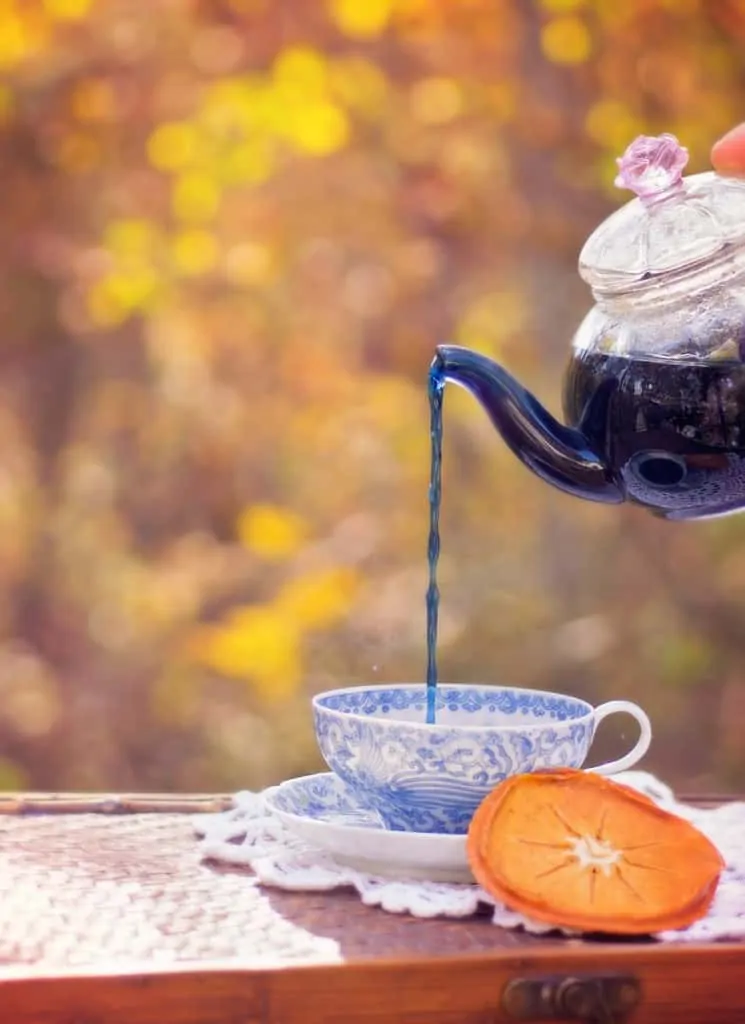
Everyone around me is singing the praise of fall and flannel and foliage. Yes, those are pretty nice.
But there’s a little skeptical voice in me that keeps whispering: Shorter days. Longer nights. Less daylight. An early chill.
Well, my friends, there’s only one way to fight the onset of winter and win.
Pour a cup of something hot and steamy.
If, however, your mornings belong to coffee, and mid-afternoon is teatime, what do you drink when the sun starts to set? Because, caffeine.
Your BFF in the morning could be your frenemy after 3pm.
One word: Herbals.
If you’re also heading into winter and want to try drinking herbal teas (or tisanes), this guide to herbals will help you get started!
What is Herbal Tea (Tisane)?
It's a type of drink made from infused or decocted plants, such as plant flowers, roots, and bark.
You can call it herbal tea, but, technically, the term tea is reserved for the actual tea plant, Camellia Sinensis. I like to say tisanes, infusions, or simply "herbals."
To keep things simple, this post will refer to tisanes as "herbal teas."
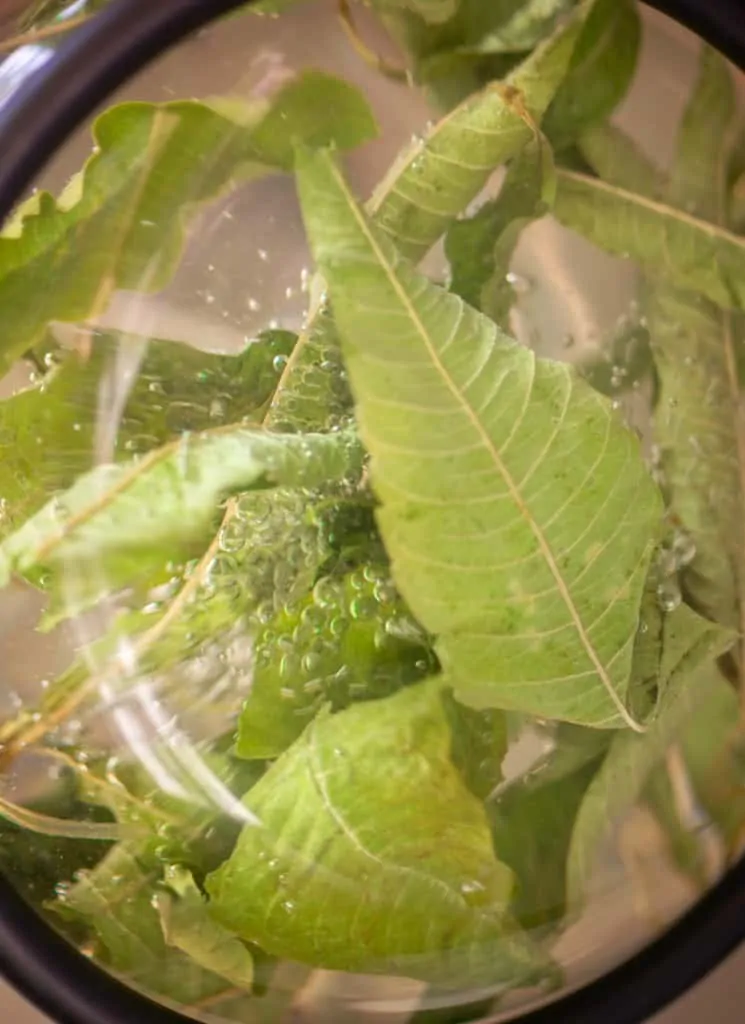
Tea Bags Vs. Loose-Leaf
First things first: when possible, let’s ditch the bag.
The really flavorful tisane ingredients, such as apple pieces, cloves, herbal leaves, cinnamon bark, chamomile flowers, and rosebuds, just won’t fit in a bag.
There are a few exceptions, and we’ll get to those in a minute.
Tea Bag Alternatives
But, without a bag, isn’t it messy?
It doesn't have to be! Try using a teapot with a removable infuser (such as this glass teapot).
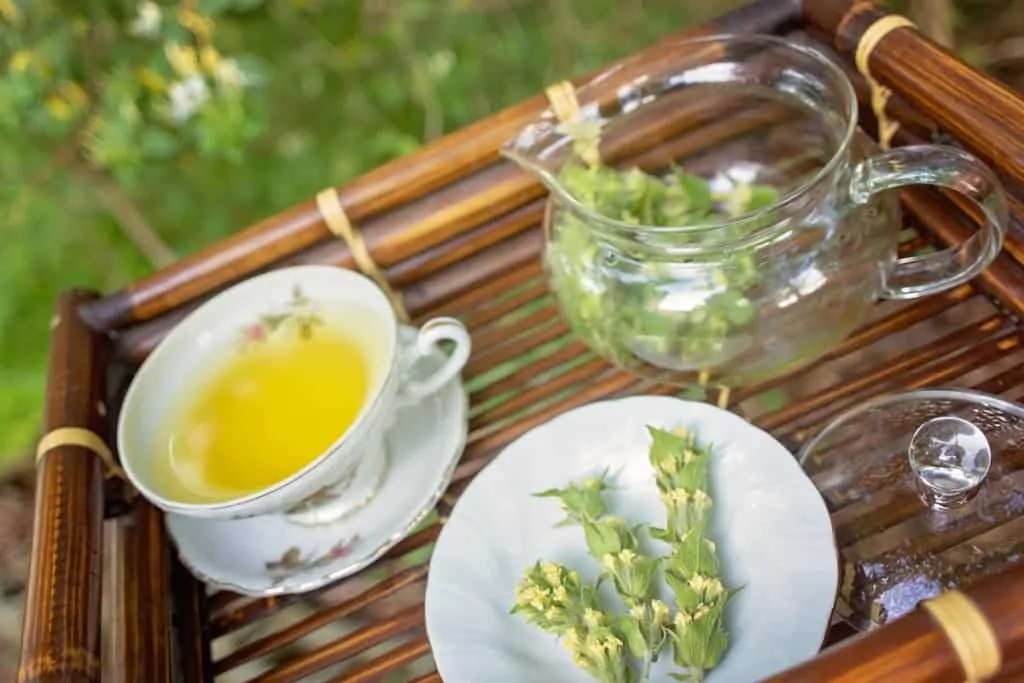
Another easy solution you may already have is a French press.
Or, you can simply place a tea strainer in a mug.
Whatever you use to steep your herbals, all the ingredients need to have room to expand.
Want more ideas for tea gear and loose leaf tips? Check out my guide, "How to Brew Loose Leaf Tea."
How to Brew Tisane (Herbal Tea)
The process is easy.
Measure out about 1-2 teaspoons of your herbal blend and infuse it in 8 oz of boiling water.
Steep for about 5 minutes.
Depress the French press, or remove the strainer or infuser. Sweeten (or not) and enjoy!
Note that some herbal teas, especially those made from fruit or roots, taste best if boiled directly in the water. Want to try it? Check out our recipes for cranberry tea, cranberry hibiscus tea, blueberry herbal tea and ginger tea.
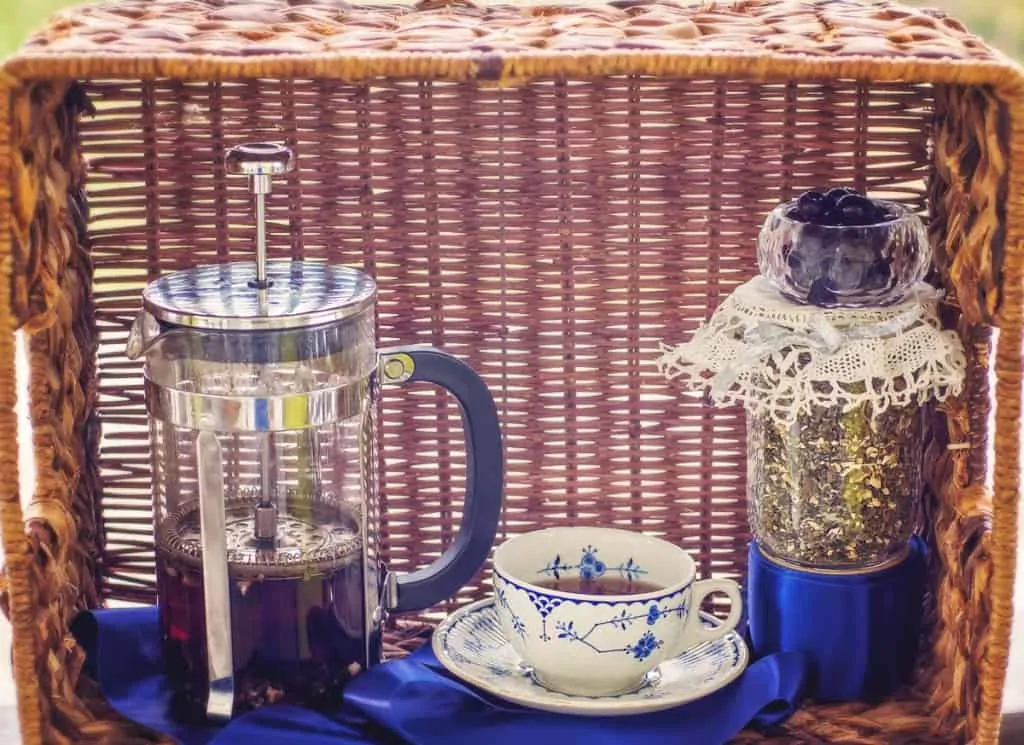
Use Herbs from the Garden
If you’re feeling adventurous, you can grow or use fresh ingredients to make your own tisane ingredients.
Garden herbs make excellent tea (like thyme tea, catnip tea and mint tea).
Use Foraged Plants for Herbal Tea
If you plan on foraging for tea ingredients (like for this pine needle tea), I recommend using a field guide to help positively identify each ingredient.
Editor's note: Here at Champagne Tastes, we own and recommend the following field guides for foraging: Audubon Society Field Guide to North American Trees, National Audubon Society Field Guide to North American Wildflowers, Newcomb's Wildflower Guide.
Homemade Herbal Blends
Don't be afraid to try mixing your own herbal blends!
My favorite blend includes a mix of roasted dandelion root, raspberry leaf, and nettle leaf.
In fact, I’m sipping that blend right this second.
Our Favorite Loose-Leaf Herbal Blends
If you want to leave the blending to someone else, I can suggest a few exceptional sources.
Try Loose-Leaf Tea Market for highly flavorful blends, including this gorgeous butterfly blue pea flower. A pretty teapot (like this Teabloom rose teapot) lets you enjoy the beauty with easy cleanup later.
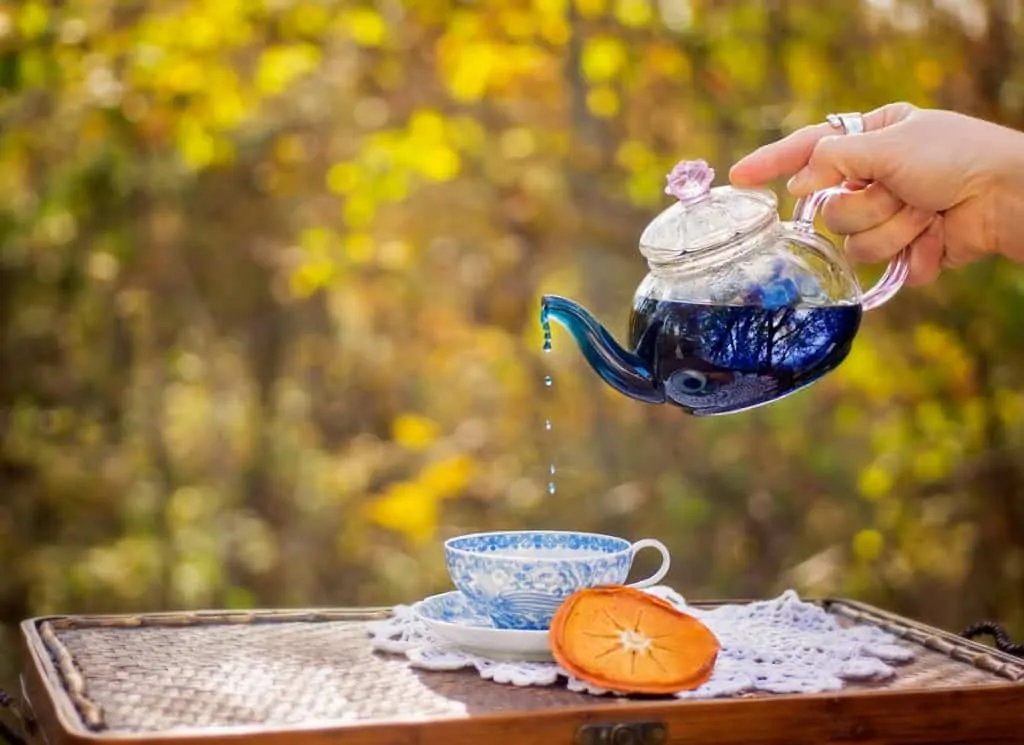
The Plumdeluxe affiliate link below earns commission for Nicole McKinney at Tea on the Trail.
Even easier? Try a monthly tea subscription.
I’ve had one from Plumdeluxe for about two years, and every time I think, “Oh, now this is the best flavor ever!” another one arrives that’s even better.
I also like that they offer caffeine and no caffeine options for all their teas. In fact, speaking of apple cinnamon tea-- in my opinion, theirs is the best ever.
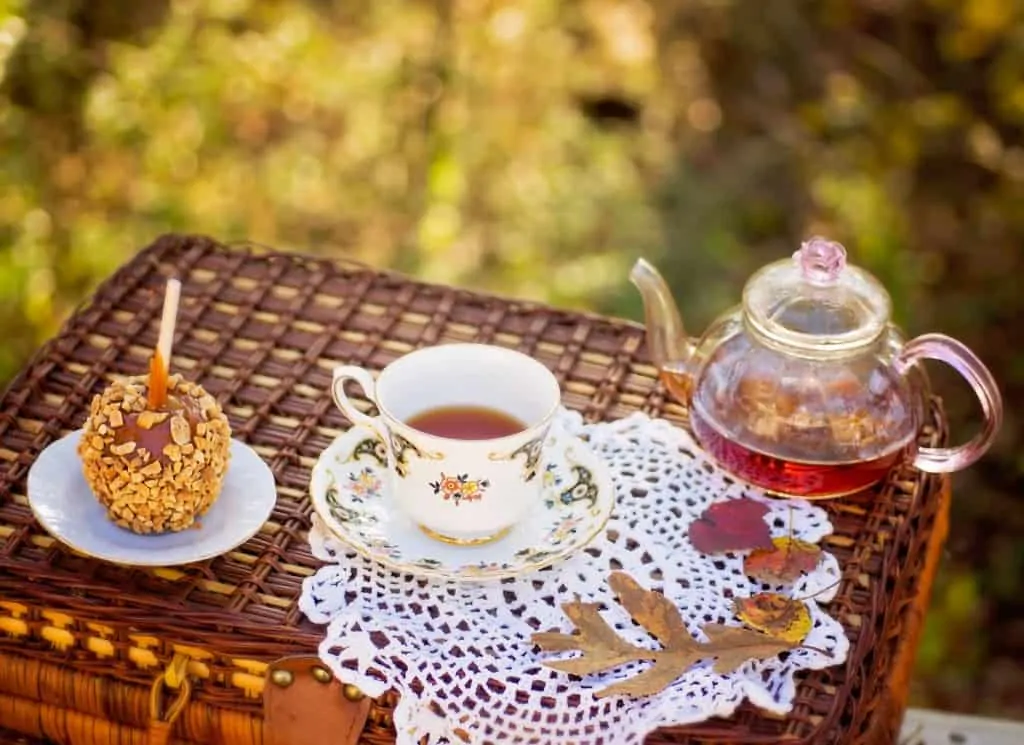
Our Favorite Bagged Herbal Tea
A few of my favorite herbal blends are only available in tea bags.
Avocado Leaf tea tastes exactly as I would think an avocado leaf would. And I love it.
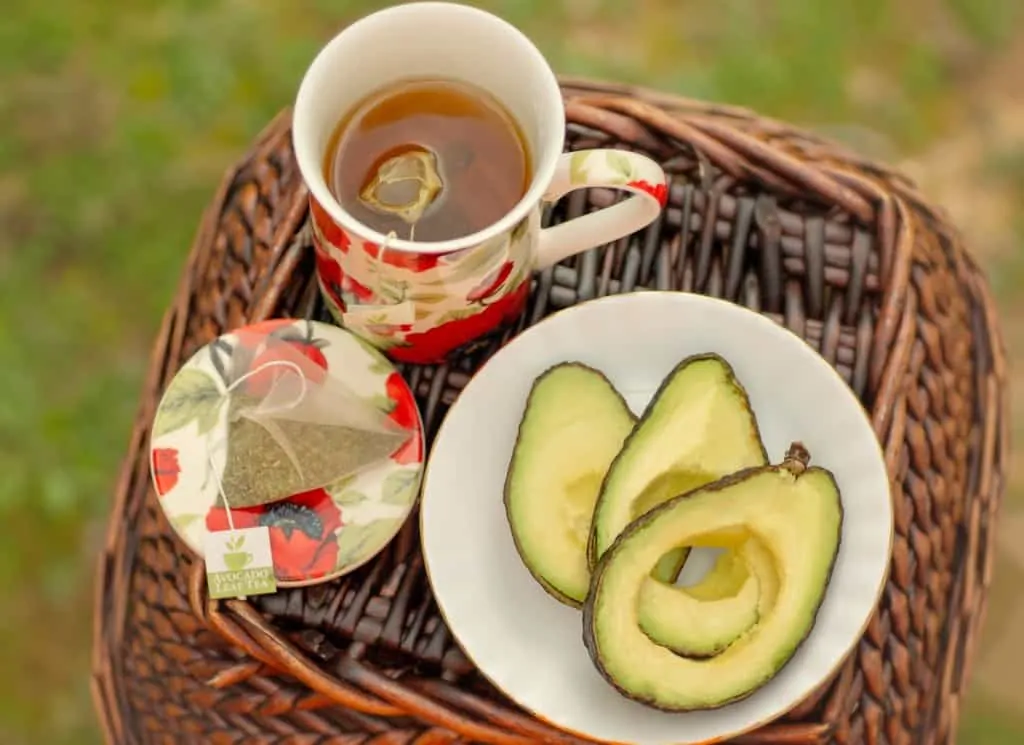
I can honestly taste the wilderness in Baikal Tea, which is made from wild-harvested herbs from the shores of Siberian Lake Baikal.
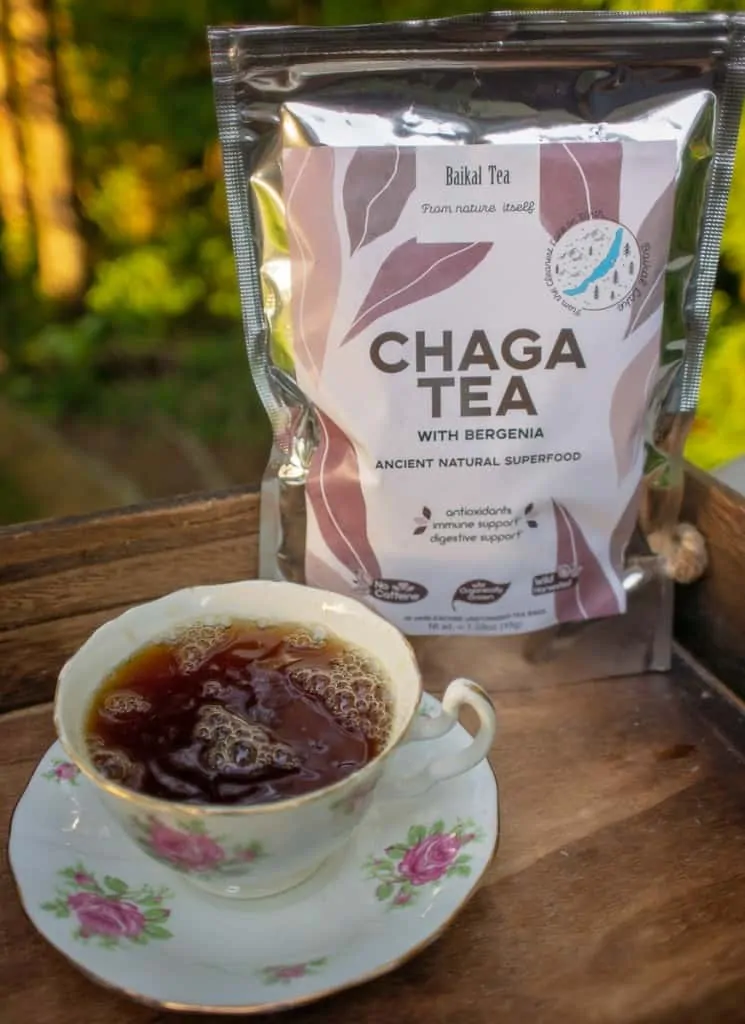
So, explore the wonderful world of herbals! Let me know what your favorite unusual flavor is in the comments below!
How to Brew Herbal Tea
Equipment
- tea ball or infuser (if not using infuser teapot)
Ingredients
- 8 ounces water
- 1 teaspoon dried herbals or 2 teaspoons fresh herbals See notes "How much tea?" and "Tea vs. Herbals"
- sweetener of choice (honey, sugar etc) Optional
Instructions
Hot Brewed Tea:
- Bring the water to a full boil.Add loose herbals to an infuser teapot, an infuser or a large tea ball.
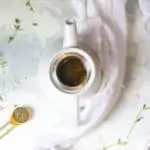
- Cover pot and brew 5-10 minutes
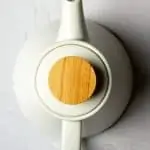
- Pour the tea out of the teapot, or remove the infuser or tea ball from your mug.Optionally, sweeten to taste.
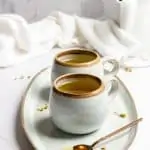
Cold-Brew Tea:
- Add herbals to a glass container.Cover with water, and chill in the fridge for 8 hours. The timing isn't critical and you can do a longer brew if desired.

Notes
- Tea is a specific type of plant leaf.
- Herbals can include fresh or dried flowers, herbs, fruit, or any other non-tea plant.

About Nicole McKinney
Nicole McKinney is a photographer, rare tea enthusiast, and nature lover. She lives with her husband in Eastern Kentucky. Follow Nicole at Tea on the Trail.

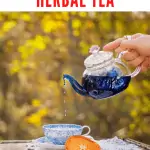
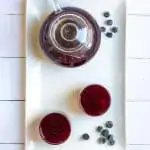
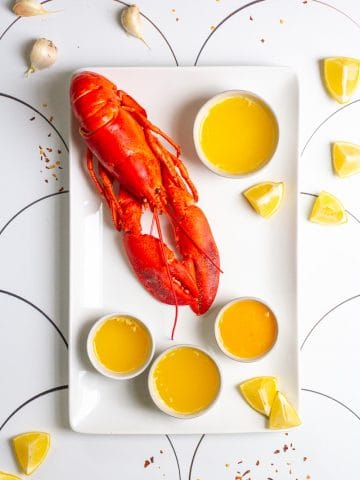
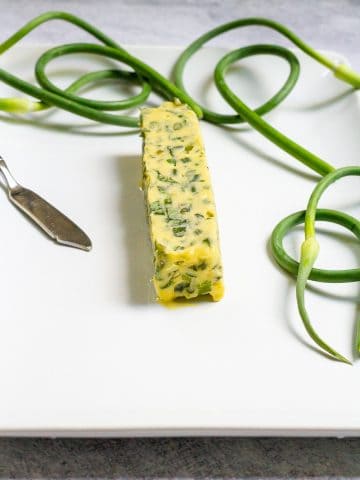

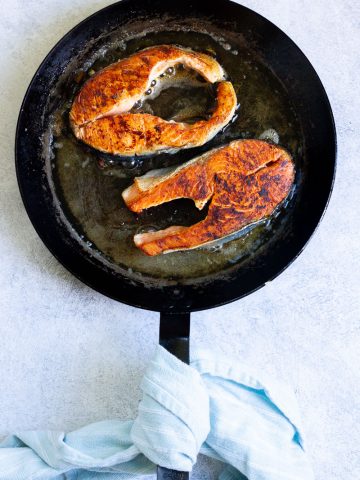
Patti
What is the blue tea that is in the teapot at the top of the article?
Alisha Trenalone
Hi Patti, it’s a butterfly blue pea flower tea from Plum Deluxe. There's a link to it under the subheading "Our Favorite Loose-Leaf Herbal Blends."
-Alisha at Champagne Tastes